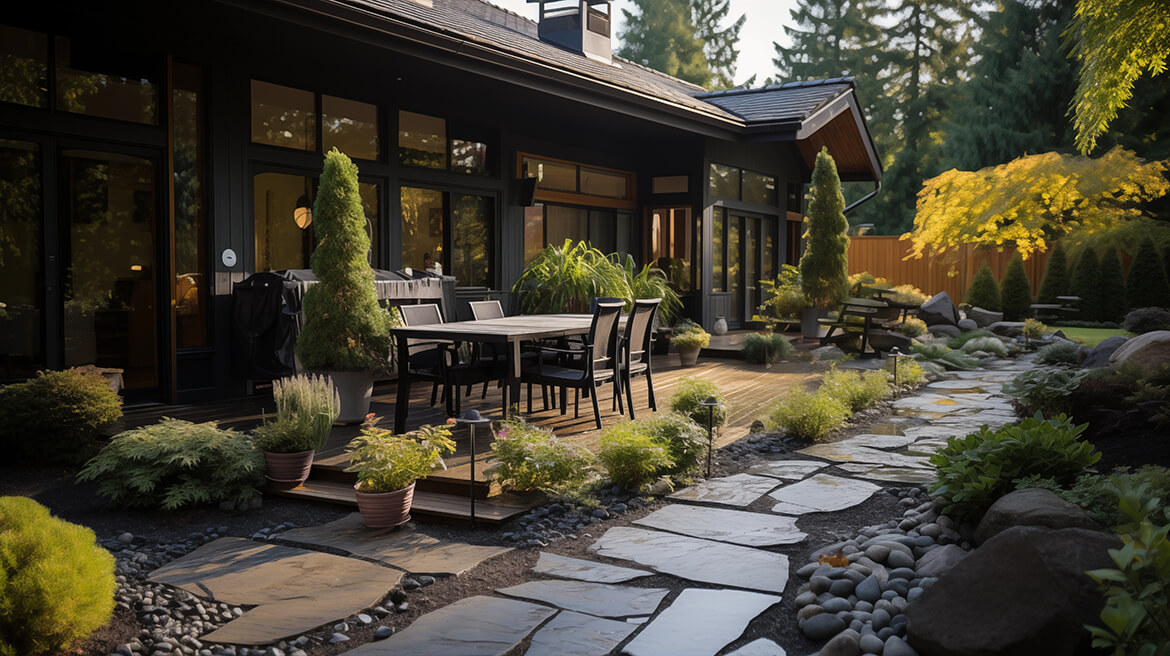Choosing the Perfect Rocks: A Guide to the Best Rocks for Landscaping
Introduction:
Landscaping with rocks can transform your outdoor space, adding texture, visual interest, and a touch of natural beauty. However, with a myriad of rock types available, selecting the right ones for your landscaping project can be a daunting task. In this guide, we’ll explore some of the best rocks for landscaping, considering factors like durability, aesthetics, and versatility to help you make an informed choice.
- Granite:
- Durability: Granite is a highly durable and weather-resistant rock, making it an excellent choice for outdoor landscaping.
- Aesthetics: With its speckled appearance and a range of colors, including grays, pinks, and blacks, granite adds a sophisticated and timeless look to any garden or pathway.
- Limestone:
- Versatility: Limestone is a versatile rock that comes in various colors, from creamy beige to warm earth tones. It can be used for pathways, retaining walls, or as decorative accents.
- Texture: Limestone often features a smooth texture, providing a more refined and contemporary appearance to your landscaping.
- Sandstone:
- Color Options: Sandstone offers a broad spectrum of colors, from subtle grays and browns to vibrant reds and yellows.
- Natural Look: Its natural, textured surface adds character to any landscape, and sandstone is often used for creating natural-looking retaining walls or garden borders.
- River Rock:
- Smoothness: River rocks are known for their smooth, rounded edges, making them ideal for decorative purposes in gardens, around water features, or as ground cover.
- Color Variety: Available in various colors and sizes, river rocks offer flexibility in design and can complement different landscaping styles.
- Basalt:
- Dark and Bold: Basalt is a dark, volcanic rock that adds a bold and dramatic element to landscapes.
- Columnar Structure: Some basalt formations exhibit unique columnar structures, creating a visually striking and unconventional landscape feature.
- Slate:
- Flat and Sturdy: Slate is often used for pathways or as stepping stones due to its flat, sturdy nature.
- Color Choices: Available in a range of colors, including deep blues, greens, and earthy tones, slate can add a pop of color to your landscaping design.
Conclusion:
When it comes to choosing rocks for landscaping, it’s essential to consider both aesthetic preferences and practical considerations. The best rocks for your project will depend on the intended use, climate, and the overall design of your outdoor space. Whether you opt for the timeless elegance of granite, the versatility of limestone, or the natural charm of river rocks, each type brings its unique qualities to enhance the beauty and functionality of your landscape. Take your time exploring the options, and you’re sure to find the perfect rocks to bring your landscaping vision to life.



